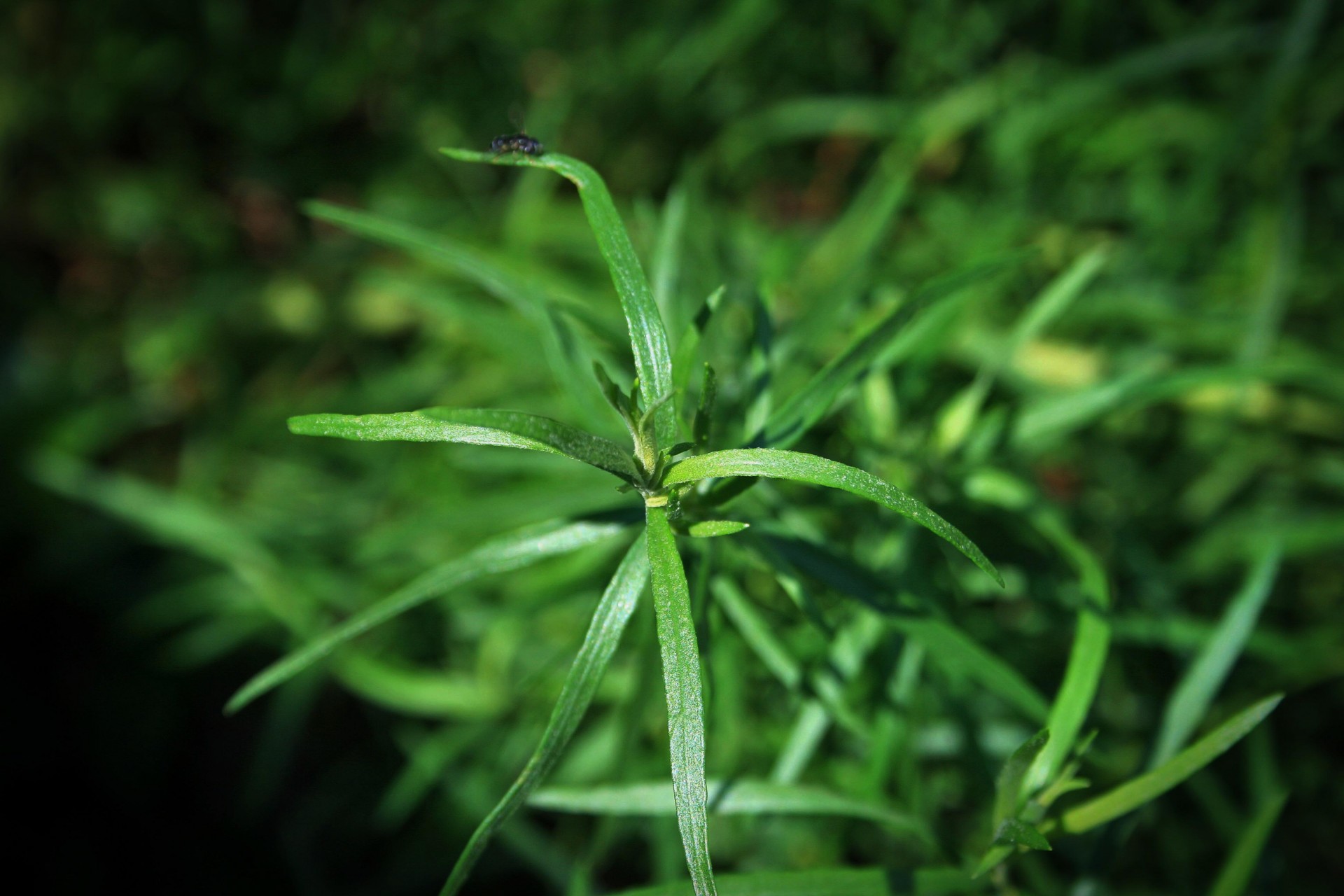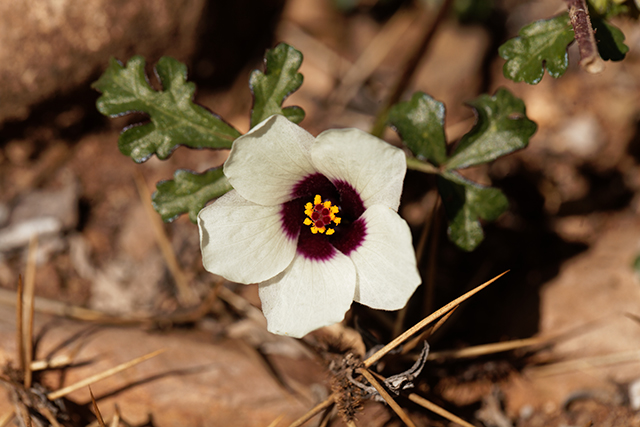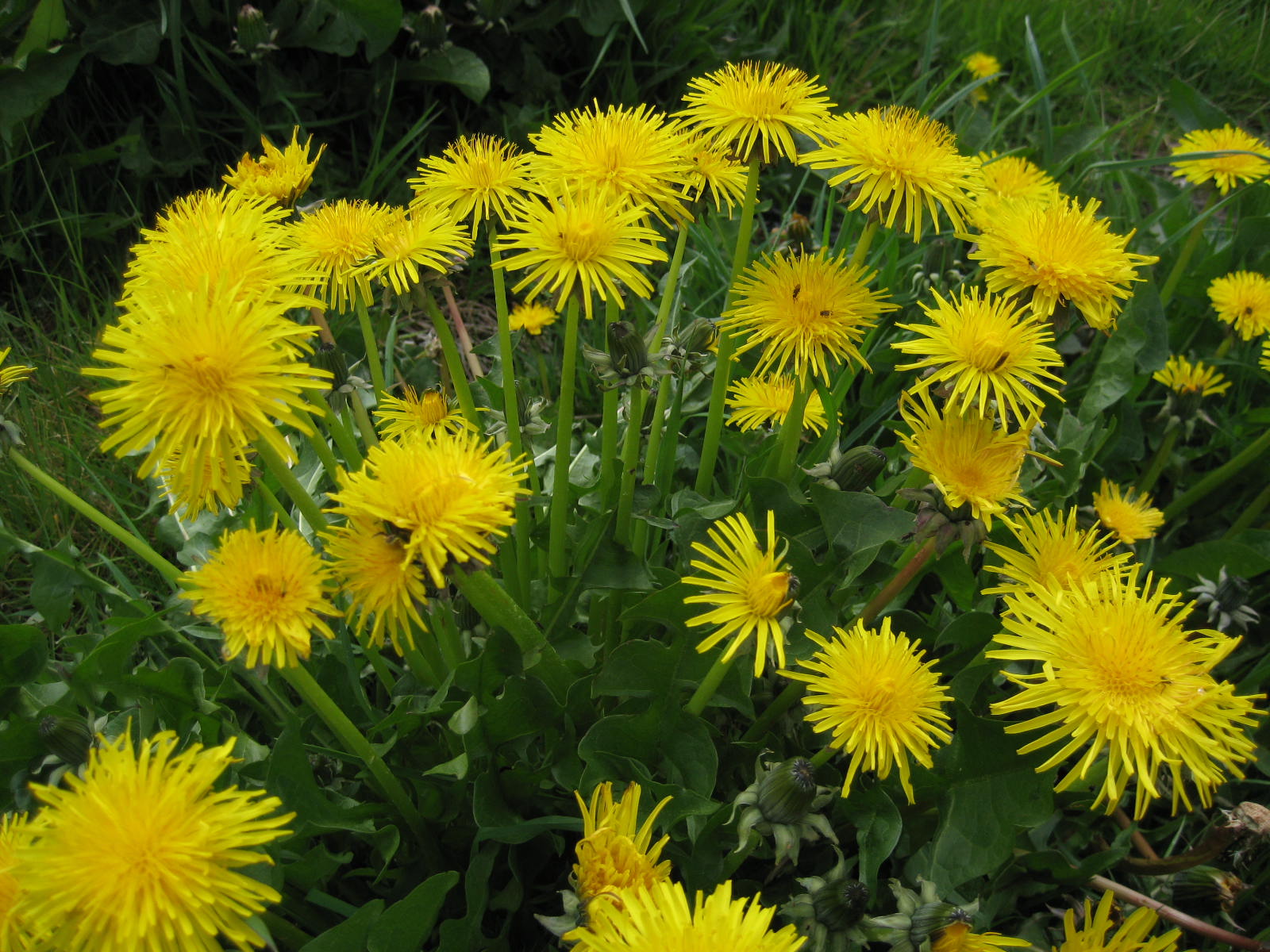Tarragon is a good source of magnesium and iron, along with vitamins A, C, and B6. It is easy to grow and maintain at home, giving you an almost endless supply of this beneficial herb. Medical studies have shown that the use of tarragon can support cardiovascular health and can be used as an alternative tonic treatment for the liver. It enhances bile production and alleviates stomach upsets caused by stress. Tarragon is a known natural diuretic and can reduce water retention. It can even treat irritable bowel syndrome and dyspepsia. (Related: Tarragon and its many surprising health benefits.)
The herb is also an effective treatment for hiccups. Simply chew a few tarragon leaves or steep the leaves in some hot water to make a refreshing tea. You can also add a couple drops of food-grade essential oil to your homemade deodorant or toothpaste to combat body odor and bad breath.
Growing this aromatic and perennial herb is a great introduction to gardening as these plants are relatively easy to grow. GardeningKnowHow.com has created an essential guide on how to grow these plants indoors. Here are a few things to take note of:
Environment
Unlike most herbs, tarragon plants prefer less light and more shade. Choose a window that receives mostly indirect light, as tarragon does not do well with exposure to direct sunlight. Aim to give tarragon around six to eight hours of light per day. It is also best to grow this herb in temperatures that are near 70 degrees, as it is not a hardy plant and does not grow well when exposed to winter chill.
Just as with other herbs, tarragon needs a steady supply of water but cannot thrive in a waterlogged environment. It is important that you plant tarragon in a pot that has several drainage holes, ideally around 12 to 16 inches deep. To improve draining, mix three parts of good, rich soil with one part sand. Inside herbs should be kept moderately dry. Allow for periods of drying in between a thorough watering. Tarragon performs well in humid climates, therefore, it is recommended that you mist the plant every couple of days.
Planting
French tarragon — which is the variety used for cooking — cannot be grown from seeds. You would need to buy an established plant from a nursery or pick some from your friend’s garden. Transplanting the herb to its new pot should happen during spring or fall to protect the plant. Tarragon should be placed 24 to 36 inches apart to give the plants room to grow. This herb is an aggressive grower and its root system needs a lot of space. A fully-grown tarragon plant can cover 12 inches of soil and reach 24 inches in height.
Caring
Regularly prune the plant to prevent flowering and keep the height at an average of 24 inches. This is to prevent the herb from falling over. During colder weather, make sure to add mulch around the plant to protect roots.
Harvesting and Storing
Tarragon grows quite rapidly. You can harvest its leaves often. For maximum flavor, harvest the leaves when they reach eight to 10 inches in height. For the typical household, two to three plants will suffice for all your cooking needs. Tarragon is best used fresh during summer, around late July. In terms of storage, you can opt to freeze the leaves or dry them. Take note that if dried for too long, the leaves lose their flavor. Store leaves in airtight containers.
Propagation
Remember to start growing your tarragon plant from cuttings made from early spring or fall. Mature plants can become root bound, so plan for new transplants every three to four years.
If you’re planning on moving your tarragon outside, you would need to acclimate it to its new environment. Move the plant outdoors for extended periods of time over the course of two weeks.
Take note that tarragon is part of the Asteraceae family. If you are allergic to plants such as daisy, marigold, or ragweed, you would need to consider growing tarragon in your house.
Sources include:
GardeningKnowHow.com
TheFreeRangeLife.com
TheHerbGardener.blogspot.com
Almanac.com



















